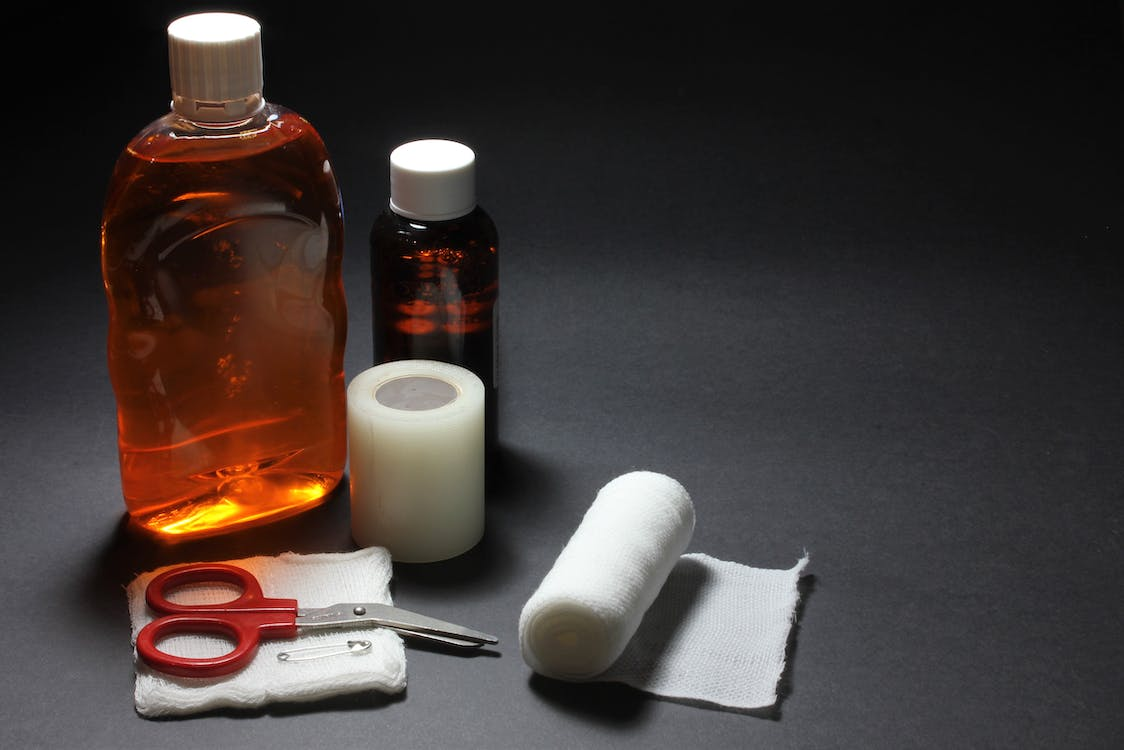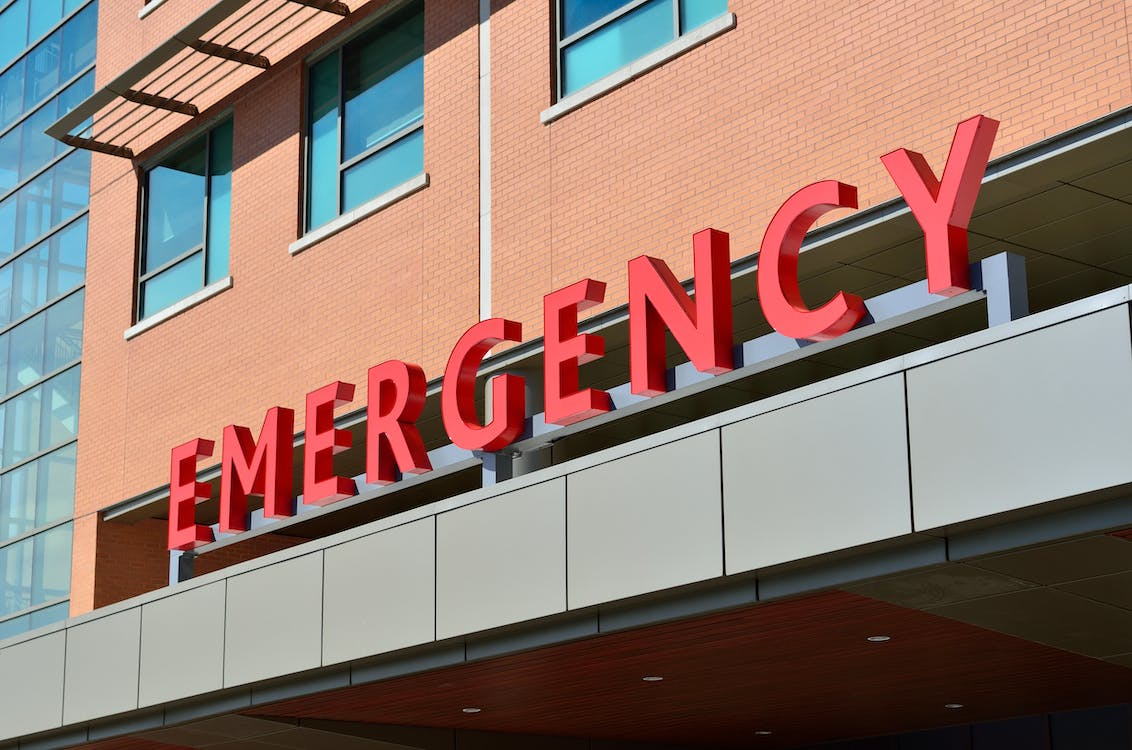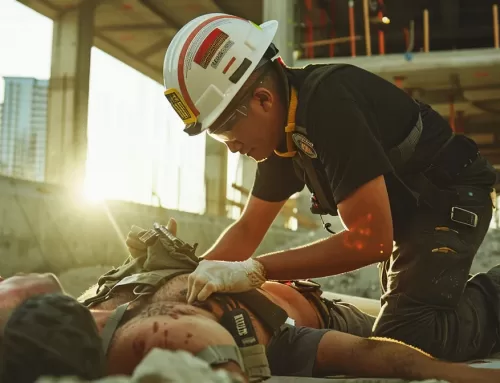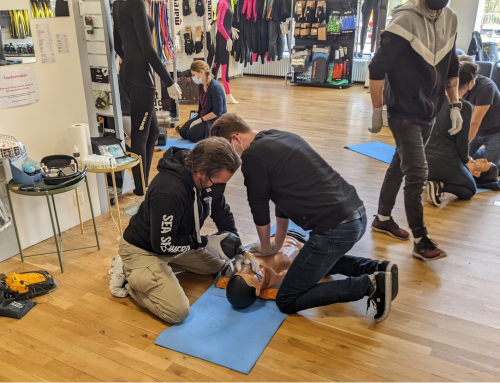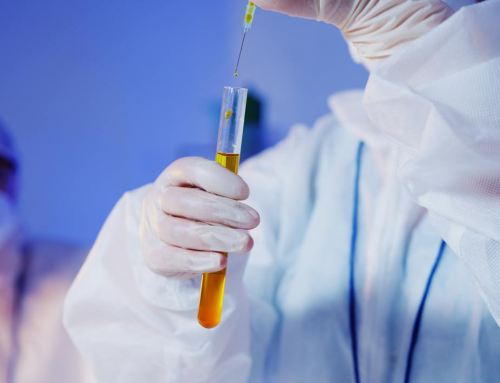Are you training to become a construction worker or forklift operator? If you’re looking for employment or are already employed in a heavy-duty industry as someone whose role means they need to be working on-site, then knowing the right safety procedures and guidelines is imperative, as these procedures can mitigate harm and provide further protection from hazards.
Treating a cut on-site requires knowledge and preparedness to manage the injury and minimize the risk of complications effectively. Luckily for those of you living in Vancouver, we are running various first aid training programs through which you can learn how to effectively treat a cut on-site and prevent other hazards from harming the crew.
Here are ten steps to guide you through the process of treating a cut on-site.
1. Assessing the Severity of the Cut
It is crucial to determine the cut’s severity first. Ascertain whether the cut is minor and may be treated locally or whether immediate medical assistance is necessary. The majority of minor cuts bleed very little and do not go very deep. On the contrary hand, severe bleeding or serious wounds may require immediate medical attention. The severity of the cut will drive the choices you make throughout the treatment process.
2. Ensuring Safety and Protection
After evaluating the situation, put the injured person’s and your safety first. Wearing disposable gloves or using other barrier techniques is essential for preventing possible illnesses. This process aids in lowering the possibility of contaminating the wound with hazardous microorganisms and developing issues.
3. Controlling Bleeding
Apply pressure directly to the wound with a clean towel or sterile bandage to halt bleeding. For several minutes, applying firm pressure aids in the development of blood clots that ultimately stop the bleeding. If possible, elevating the damaged region will help further reduce bleeding and blood flow to the area.
4. Cleaning the Wound
After the bleeding has stopped, gently clean the wound. To start, thoroughly rinse the wound under running water to get rid of any debris, bacteria, or dirt. Cleaning the surrounding region with mild soap will prevent the soap from getting inside the wound. Avoid excessively washing the incision to avoid causing more tissue injury or contamination.
5. Applying Antiseptic Solution
Administering an antiseptic solution is the next action. Antiseptics that help eradicate bacteria and lower the risk of illness include hydrogen peroxide and povidone-iodine. Administer the antiseptic solution to the wound using a dry cotton swab or sterile gauze pad, ensuring the entire cut is covered.
6. Dressing the Wound
Once the wound has been treated with an antiseptic, proceed to dress it appropriately. You should choose a sterile adhesive bandage or sterile gauze pad that is large enough to cover the cut and extend beyond its edges fully. Dressing the wound in this manner protects it from external contaminants and facilitates healing. Secure the dressing with adhesive tape or a bandage, ensuring it is firm but not too tight.
7. Monitoring for Infection
Assessing the wound for symptoms of infection is essential when treating a cut on-site during the healing phase. Watch the wound carefully for any shifts that might point to an infection. Some of these symptoms are increasing discomfort, swelling, redness, or pus around the wound. It is crucial to seek medical help immediately for additional assessment and treatment if any of these signs manifest.
8. Changing Dressings
To keep the wound clean and encourage healing, replace the dressing as needed. Before changing the bandage, practice good hand hygiene techniques and wear fresh gloves to safeguard against contamination. The wound will continue to receive the necessary care if the old dressing is gently removed and replaced.
9. Addressing Pain
Addressing any pain or discomfort the wounded person may feel is crucial when treating a cut on-site. To help with pain relief, over-the-counter painkillers such as acetaminophen or ibuprofen can be taken as directed by the manufacturer. However, if it doesn’t subside eventually, the patient might need to be examined by a medical professional.
10. Knowing When to Seek Medical Attention
While most minor cuts may be repaired on the spot, some instances call for rapid medical attention. Deep cuts that continue to bleed even after applying pressure, wounds involving a foreign object embedded in the skin, evidence of infection, or worries about tetanus all necessitate the knowledge of healthcare specialists. If any of these conditions develop, do not be reluctant to seek medical care.
Knowing how to treat a cut on-site is a valuable skill that can make a significant difference in promoting healing and preventing infection. By following the steps outlined above, you can effectively manage a cut until professional medical help is available.
Learn everything there is to know about providing first aid to injuries on-site with our occupational first aid training, which comes in various levels of complexity to help you build a strong understanding of all the safety measures you can take on-site.
Alternatively, you can also look into our confined space training as well as that for fall protection to specialize in delivering preventive measures within the kind of environment you are primarily working in. Get in touch today for more details!


